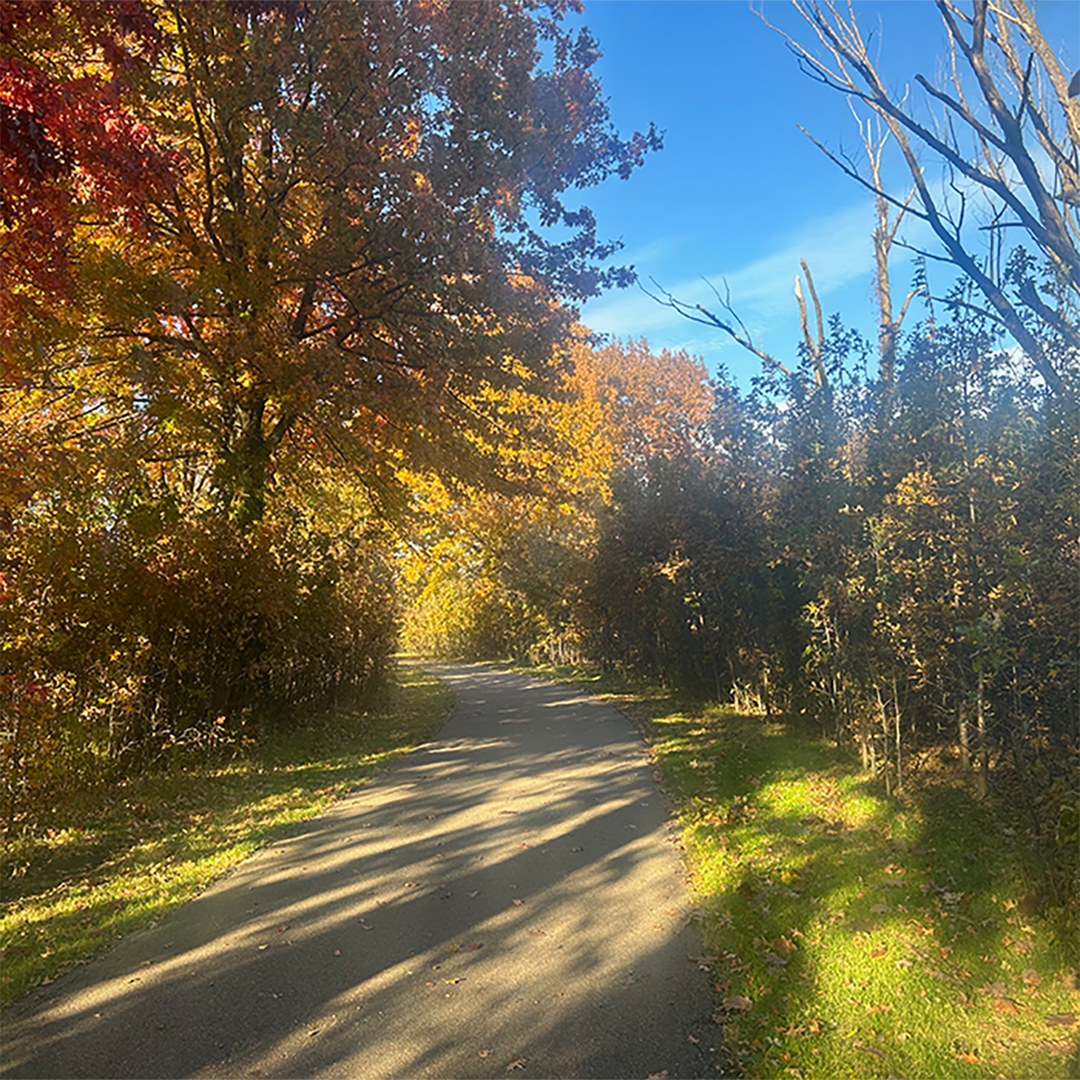When the Trees Let Go: The Practice of Surrender and Non-Attachment
Each autumn, nature becomes our teacher. The trees stand tall as their colors deepen, the air shifts, and they begin their quiet, effortless release. They don’t cling to their leaves in panic or try to preserve their most beautiful season. They simply let the process unfold.
Imagine if trees approached autumn the way human egos often do: comparing colors, resisting change, gripping tightly to what once made them vibrant. Trying to keep their leaves just a little longer, believing their worth depended on how beautiful they looked in full bloom. If they did, the first heavy snow would break their branches. The very beauty they tried to preserve would become their undoing.
The trees know something we forget: letting go and surrender are not losses — they’re part of life’s design. One prepares us to rest, the other to renew.
Letting Go and Surrender — Partners in Trust
Letting go and surrender are often misunderstood as the same act, or as opposites — one active, one passive. But they are two movements of the same dance.
Letting go is the conscious choice to release your grip on what no longer serves you — the expectation, the story, the illusion of control. It’s the exhale after the long-held breath.
Surrender is what happens next — the soft, open space that arises when you stop resisting life as it is. It’s not about giving up; it’s about giving over — to timing, to truth, to the flow that’s larger than your plans.
Together, letting go and surrender bring us from effort into alignment. One is the practice; the other, the state of being that follows.
The Deeper Practice: Non-Attachment
Beneath both is a deeper layer — the philosophy of non-attachment. It doesn’t mean apathy, indifference, or detachment. It means loving and living fully without clinging to outcome.
Non-attachment asks us to experience life deeply, but without trying to possess it. To feel joy without fear of its ending, to grieve without losing ourselves in the loss, to love without needing to control or define what love looks like.
In this way, non-attachment is a kind of inner spaciousness — a freedom born not from having everything under control, but from realizing we never needed to. It is presence without possession, effort without demand, love without fear.
When we live from that space, we stop fighting the seasons of life. We allow things to come and go as they need to. Like the trees, we trust that what falls away creates the soil for what’s next to grow.
Why It Matters — The “Why” Beneath the Practice
It reduces suffering.
Much of our pain comes not from what happens, but from our resistance to it. The more we cling, the more we hurt. Letting go and practicing non-attachment bring peace by aligning us with reality instead of fighting it.
It frees your energy for what matters most.
When you stop investing energy in controlling outcomes, you reclaim it for healing, creativity, relationships, and joy. Surrender restores vitality that resistance drains.
It strengthens emotional resilience.
Life will always include change, loss, and uncertainty. Non-attachment doesn’t make you numb to it — it makes you flexible within it. It helps you bend without breaking.
It deepens authenticity and connection.
When we stop grasping for how things “should be,” we show up more fully for what is. We listen more deeply. We love without agenda. This is the essence of true connection — both to self and others.
Practices for Everyday Life
Observe your attachments with curiosity.
Notice where you feel grasping — a need to be liked, a need for certainty, a need to be right. Awareness loosens the grip.Practice release in small ways.
Declutter your schedule, let a conversation end naturally, or forgive yourself for not meeting an expectation. Every small release strengthens your capacity for greater surrender.Stay with what is.
When discomfort arises, pause before trying to fix it. Ask, What would happen if I allowed this feeling instead of controlling it?Align with the seasons.
Use nature as your mirror. When the leaves fall, reflect on what’s falling away in you. When winter comes, rest. When spring returns, allow growth.Return to trust.
Non-attachment doesn’t mean you stop caring — it means you trust life’s timing more than your fear of change.
The Invitation
Letting go and surrender are not steps to get somewhere better; they are the practice.
They teach us that peace isn’t found in certainty but in presence — in living fully within each fleeting moment.
When we let go, we make room. When we surrender, we receive. And when we live with non-attachment, we find that freedom isn’t in holding everything together — it’s in allowing life to move through us with grace.


